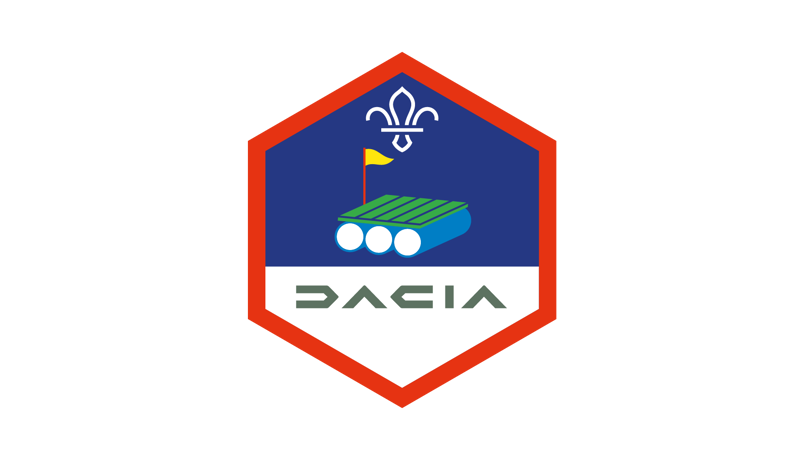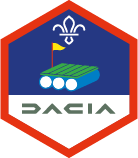
Mountain boarding
What to expect
If you’ve never heard of mountain boarding, imagine a cross between skateboarding and snowboarding with a bit of BMXing thrown in.
Mountain boards are designed for all terrain so you can ride on a grassy bank, a forest track, or on the beach. It started as a way of snowboarding in the summer months (when there’s no snow) but now it’s a separate sport. The boards are stable and relatively easy to ride so you can get to grips with the basics and be up and running in no time.
What you’ll learn
There’s more than one way to mountain board: some people like to ride quickly down mountain trails, others learn tricks over jumps or explore their local area. Whatever you try, it’ll put your coordination and balance to the test as you push yourself out of your comfort zone.
Fun facts
- James Stanley pioneered the idea of mountain boarding in the 1900s, during a visit to the Alps where there wasn’t any snow.
- Mountain boarding began in the UK in 1992 when the ‘noSno’ board was prototyped using snowboard bindings and boots.
Handy hints
- Wear comfy clothes. As well as choosing something suitable for the weather, make sure that you can easily move around in your clothes.
- Be prepared to fall. Even the best mountain boarders fall sometimes. The instructors should provide any safety equipment you need, but it’s up to you to be responsible and make sure it’s all fitted before you ride.
Safety
You must always:
- Complete a risk assessment
- Have the right ratios of number of adults to provide suitable supervision
- Set up an InTouch process
- Know what to do in an emergency
- Share information with parents and carers with an activity information form
- Get approval from your commissioner
Be safe outdoors:
- Check the weather forecast
Hill walking:
- When in terrain 1 or 2 always leave a route plan with someone responsible, and all party members must carry an emergency card.
- The terrain environments are defined in POR 9.12.7, check the definition before planning your activity.
- Keep within the specified party sizes.
Other activities:
- Where an activity is not covered by any other rules members must follow rule 9.1 and assess the risk, ensure that members can be kept safe and that all equipment is suitable for its use.
Joint activities with other organisations:
- This activity can be run jointly with Girlguiding.
- This activity can be run with other organisations.
This activity can be led by you or someone else in Scouts
You can go to a centre or use an activity leader who is not part of Scouting:
You must find a suitable provider who meets the following requirements:AALA licence is only required on moorland or above 600m and more than 30 min from safety.
The provider must have public liability insurance.
Guidance
Reflection
Mountain boarding is a different way to get outside, get active and have fun with your friends. Did anyone learn anything surprising? What were people’s highlights? Can anyone think of a skill they learned that would be useful in other sports or activities. People might think about balance, coordination, or the ability to get back up and try again.
Was it people’s first time trying mountain boarding? How did people feel about trying a new adventure? Some people find learning new things exciting, while others may find it makes them feel a bit nervous or worried. How can people help each other when they’re trying something new?
Chat to your instructor before the session and let them know where your group’s at. If they’ve got a lot of experience skating or snowboarding, then the instructor may be able to offer some extra challenges.
Many outdoor centres have facilities that cater for people with additional needs and experienced instructors to help everyone achieve their goals. Get in touch with your local provider to chat through the needs of people in your group – make sure you give them plenty of notice.
All Scout activities should be inclusive and accessible.
Enjoyed mountain boarding? Maybe you’ll be a natural at skateboarding or snowboarding. Check out the Scouts Street Sports Activity Badge or Snowsports Staged Activity Badge next.
